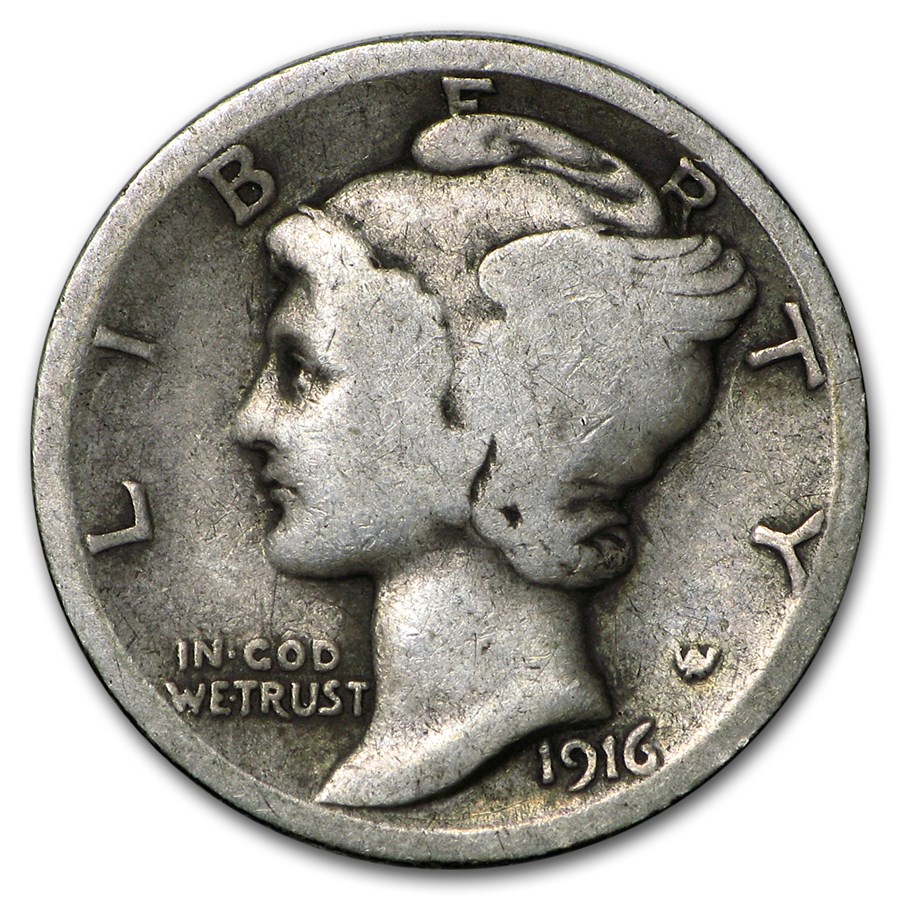1916-D Mercury Dime Values, and Other Valuable Dimes
The 1916-D Mercury Dime is one of the most sought-after coins in American numismatics. It was the inaugural year for the Mercury Dime series and is a prized piece among collectors due to its low mintage, historical significance, and rarity.
